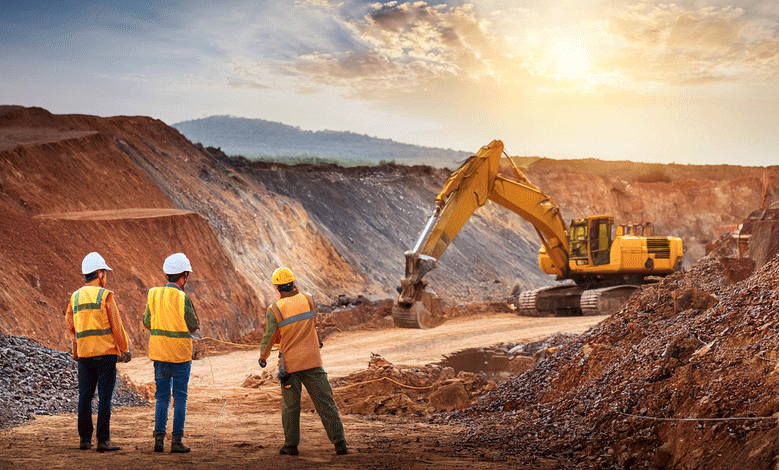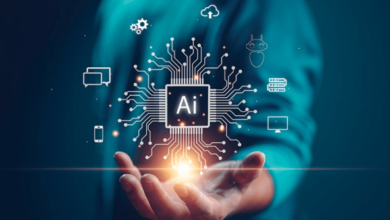Copper Mining Techniques and Industry Trends in 2025

Copper mining is the process of extracting copper ore from the earth, which involves both surface and underground techniques. It plays a central role in supplying one of the most essential metals used in electrical wiring, construction, and renewable energy technologies. The extraction involves a series of steps including blasting, grinding, and concentration to obtain high-purity copper that can be used in various industries.
Modern copper mining combines traditional methods with advanced technology to efficiently recover copper from ores that often contain less than 1% copper. Countries like Canada contribute significantly to global production, with substantial output from provinces such as British Columbia. The industry faces ongoing challenges related to supply, demand, and environmental impact, driving continuous innovation.
With a growing need for copper driven by green energy demands, mining operations have evolved to meet both production goals and environmental responsibilities. This balance is critical as copper remains key to powering new technologies worldwide.
Copper Mining Overview
Copper mining is a vital industry supplying one of the most widely used metals globally. It involves extensive extraction and processing techniques and takes place in several key regions that dominate global production.
History of Copper Mining
Copper mining dates back over 10,000 years, making it one of the oldest metal extraction industries. Early civilizations such as the Egyptians and Sumerians extracted native copper for tools and ornaments. Over time, advances in metallurgy allowed for extraction from ore rather than pure native copper.
The Industrial Revolution accelerated copper demand and mining technology. Today, copper remains essential due to its electrical conductivity and corrosion resistance. Its continuous use in infrastructure and technology has maintained its economic importance through centuries.
Major Copper Mining Regions
Chile is the world’s largest copper producer, home to vast mines such as Escondida. Other top producers include Peru, China, and the United States. Canada also plays a major role, with significant operations in Ontario and British Columbia, often mining copper alongside other metals like molybdenum and zinc.
These regions dominate due to large ore deposits, developed infrastructure, and political stability. Mining in these areas supports global industries like electronics, defense, and green energy.
Mining Methods for Copper
Copper mining employs mainly two methods: surface mining and underground mining. Surface mining is used when deposits are close to the surface, involving open pits. It is more cost-effective and widely used.
Underground mining is necessary for deeper deposits and involves tunneling to extract ore. After extraction, ores undergo processing methods depending on type. Copper sulfide ores typically use pyrometallurgy, involving smelting, while copper oxide ores use hydrometallurgy, employing chemical leaching. Both methods aim to produce high-purity copper cathodes for industrial use.
See also: The Future of Text to Image Technology in Visual Media
Environmental and Economic Impact
Copper mining affects both the environment and the economy in significant ways. It involves resource-intensive processes that can cause ecological changes but also supports essential industries and job markets worldwide.
Sustainable Practices in Copper Mining
Sustainable copper mining focuses on reducing environmental damage through new technologies and improved methods. These include water recycling, energy-efficient equipment, and minimizing waste through better ore processing.
Companies increasingly adopt strategies like life-cycle assessments to measure and mitigate emissions, resource use, and pollution. Practices such as reclaiming mine sites and restoring ecosystems are becoming more common to offset habitat loss.
Additionally, innovations in smelting and refining reduce hazardous emissions. Metal recycling also lowers the demand for raw extraction, lessening mining’s footprint.
Economic Contribution of Copper Mining
Copper mining is a cornerstone of the global economy, supplying material vital to electrical wiring, electronics, and renewable energy infrastructure. It supports millions of jobs directly and indirectly.
Countries like Chile, Zambia, and Kazakhstan rely heavily on copper exports for their GDP. The industry attracts large investments and contributes to infrastructural development in mining regions.
Revenue from copper mining funds public services and social programs in many producing countries. Despite environmental costs, the sector remains critical for technological advancement and economic growth.
Environmental Challenges
Copper mining alters landscapes and ecosystems through methods like open-pit mining and underground excavation. It consumes large volumes of water and energy, often resulting in pollution.
Contamination of soil and water occurs due to tailings and heavy metals leaching from waste rock. Air pollution from dust and smelting also affects nearby communities.
Deforestation and habitat destruction reduce biodiversity locally. Additionally, mining activities contribute to greenhouse gas emissions, impacting climate change.
Addressing these challenges requires continuous monitoring and stricter regulations to balance resource extraction with environmental protection.





